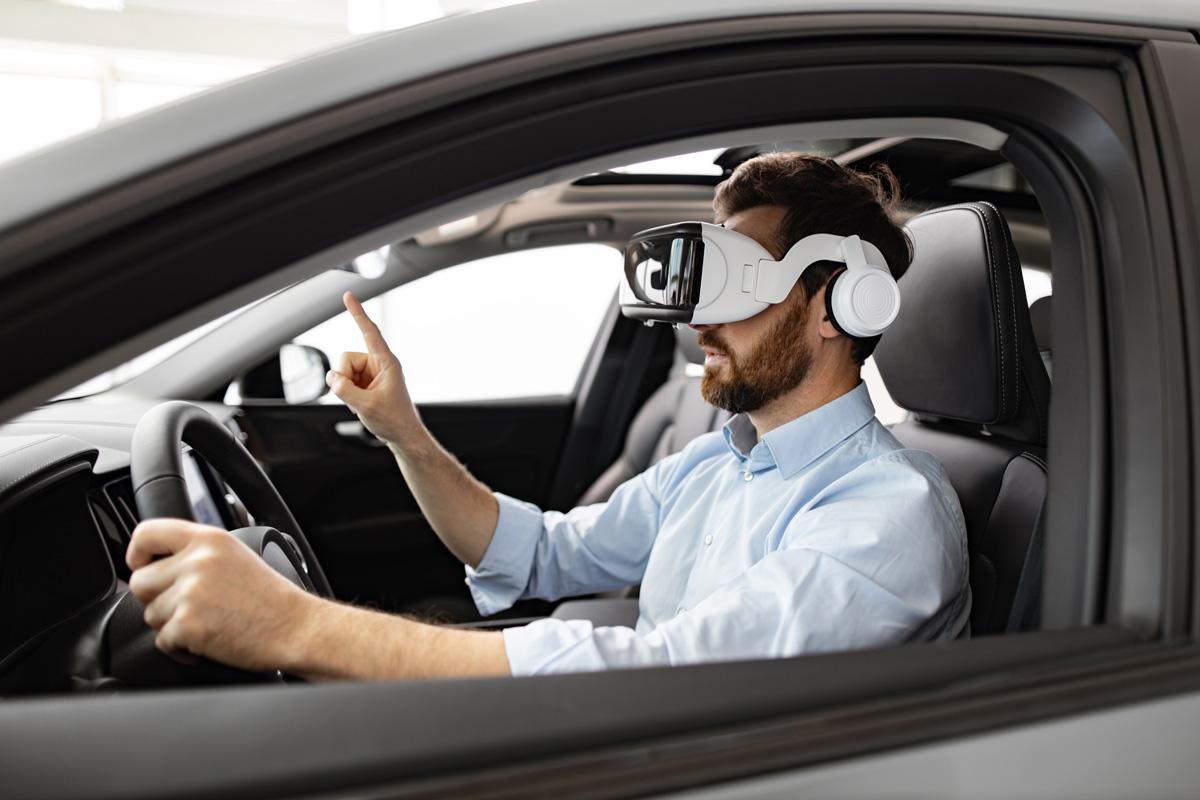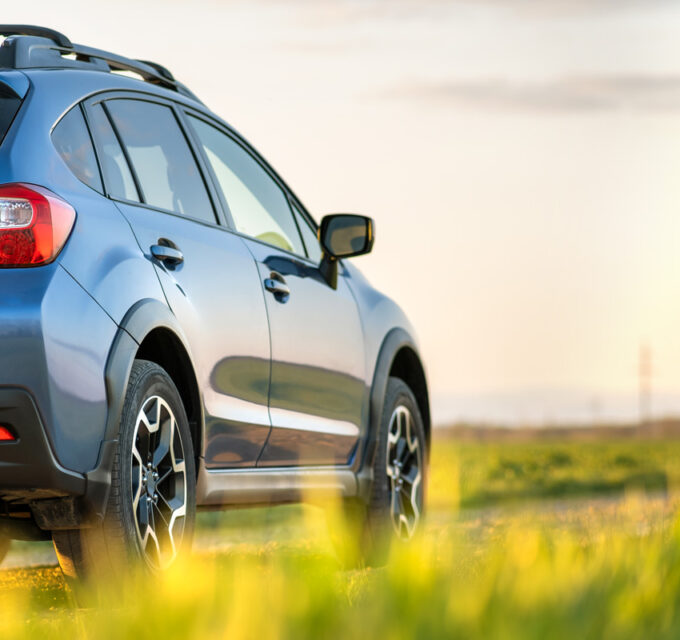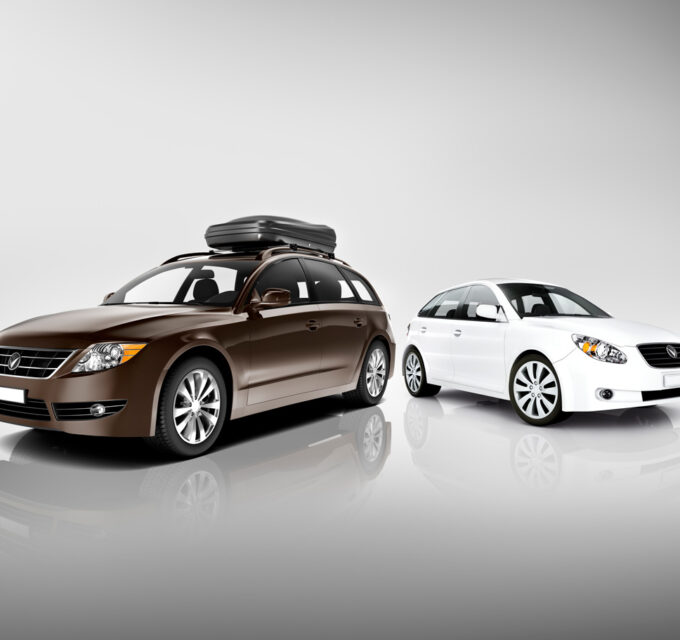The automotive world is rapidly evolving, and the way consumers shop for vehicles is no exception. With advancements in technology and a shift towards digital solutions, virtual test drives have emerged as a new and innovative way to experience cars before making a purchase. This digital approach allows potential buyers to explore and “test drive” vehicles without leaving the comfort of their homes. But how exactly do virtual test drives work, and why are they becoming so popular? Let’s dive into the details of this exciting trend.
1. What Are Virtual Test Drives?
A virtual test drive is a digital simulation of the driving experience, typically powered by a combination of video, 3D rendering, and interactive elements. Using advanced technology, car manufacturers and dealerships offer potential buyers a way to experience a car’s features, design, and performance through their smartphones, computers, or virtual reality (VR) devices.
In most cases, virtual test drives are either pre-recorded videos where a professional driver showcases the car in various driving conditions or interactive experiences that allow users to “control” the car from a first-person perspective. Some brands take it a step further by integrating augmented reality (AR) features, letting users explore the car’s interior and exterior in a 360-degree view.
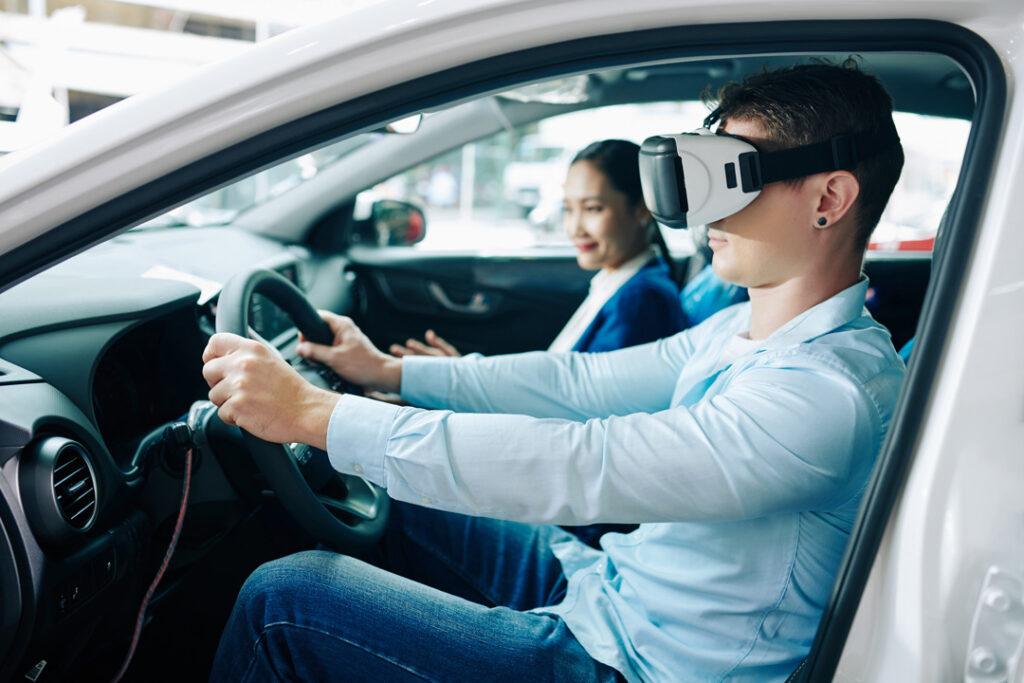
2. The Rise of Virtual Test Drives
Several factors have contributed to the rise of virtual test drives in recent years:
- COVID-19 pandemic: The pandemic limited physical interactions, forcing car dealerships to adapt by offering more online services. Virtual test drives became a safe, convenient alternative for buyers who couldn’t visit showrooms.
- Convenience and accessibility: Virtual test drives provide an easy way for potential buyers to experience cars without needing to schedule appointments or visit multiple dealerships. This accessibility has made the process of car shopping more efficient.
- Technology advancements: Improved VR, AR, and 3D rendering technology has made virtual experiences more immersive and realistic. Many car buyers now have access to the technology needed to participate in these virtual experiences, whether through smartphones, VR headsets, or home computers.

3. How Virtual Test Drives Work
Virtual test drives typically follow one of two formats:
- Pre-recorded experiences: These are professionally filmed videos where a driver takes you on a virtual journey, highlighting the car’s features, handling, and performance. These videos are often interactive, allowing viewers to choose different perspectives (e.g., driver’s seat, passenger seat, or exterior view) to explore the car in more detail.
- Interactive simulations: Using VR or AR technology, these test drives allow potential buyers to take control of a digital version of the car. In some cases, users can simulate driving through various road conditions, environments, or even cityscapes. With VR headsets, users can get an even more immersive experience, as they can look around the car’s interior and get a feel for the driving environment.
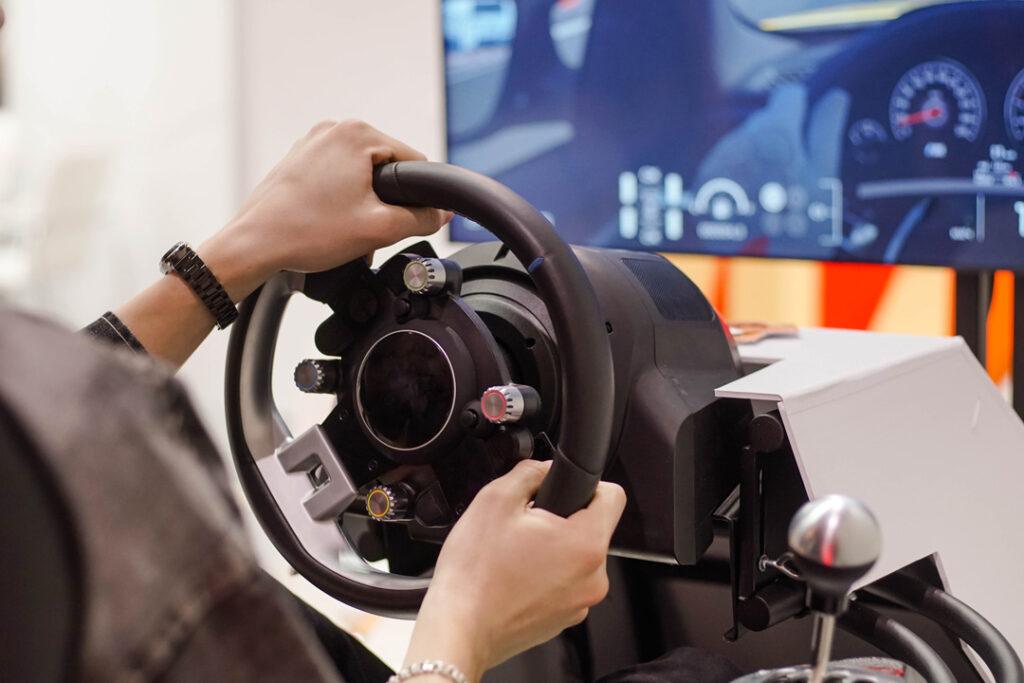
These digital experiences are usually accessible through car manufacturers’ websites, third-party automotive platforms, or dealership apps.
4. Benefits of Virtual Test Drives
- Convenience: Virtual test drives allow customers to explore a vehicle from anywhere, saving time and the need for multiple dealership visits. This can be especially beneficial for those with busy schedules or those who live far from dealerships.
- Immersive exploration: With features like 360-degree views and interactive controls, virtual test drives can provide a detailed look at a car’s interior, exterior, and key features. Users can inspect elements such as the dashboard layout, seat comfort, and storage space from the comfort of their homes.
- Personalized experience: Many virtual test drives allow potential buyers to customize the car they’re exploring, from the color to specific add-ons or trims. This helps users visualize what the car would look like with their preferred specifications.
- Reduced pressure: For some buyers, visiting a dealership can feel overwhelming due to the pressure of interacting with salespeople. Virtual test drives provide a stress-free environment where buyers can explore at their own pace, making it easier to evaluate multiple options.
5. Limitations of Virtual Test Drives
While virtual test drives offer a number of advantages, they do have some limitations:
- Lack of real-world feel: Virtual test drives can’t replicate the physical sensations of driving a car, such as how it handles on the road, its acceleration, or how comfortable the ride feels over bumps. For many buyers, this hands-on experience is crucial in making a decision.
- Technology barriers: Not all consumers have access to the latest VR or AR technology, which can limit the immersive experience for some. For others, watching videos or exploring a 3D model may not be as satisfying as the real thing.
- No substitute for a real test drive: While virtual test drives provide a great introduction to a car’s features and design, they should be seen as a complement, not a replacement, for an in-person test drive. The tactile experience of driving, hearing the engine, and feeling the vehicle’s dynamics is still a key part of the buying process for many.
6. The Future of Virtual Test Drives
As technology continues to evolve, so will the capabilities of virtual test drives. Car manufacturers are already experimenting with more advanced VR and AR experiences, and the potential for even more immersive simulations is on the horizon. In the near future, we may see features like haptic feedback (allowing users to feel the vibrations of the car through a VR controller) or AI-powered voice assistants that guide users through the test drive.
Moreover, as autonomous driving technology develops, virtual test drives could become a preview of how self-driving cars would operate in various scenarios. Manufacturers may offer simulated test drives that highlight autonomous features, giving buyers a sense of how the car will behave in real-world conditions.
Virtual test drives are revolutionizing the way consumers experience cars before buying, offering a convenient, immersive, and tech-savvy way to explore vehicles from the comfort of home. While they can’t replace the physical sensation of being behind the wheel, virtual test drives are an excellent tool for narrowing down choices and familiarizing yourself with a vehicle’s key features.
For anyone in the market for a new car, incorporating virtual test drives into the shopping process can streamline the decision-making experience and make car buying more efficient. As the technology improves, we can expect virtual test drives to become an even more integral part of the car buying journey.


